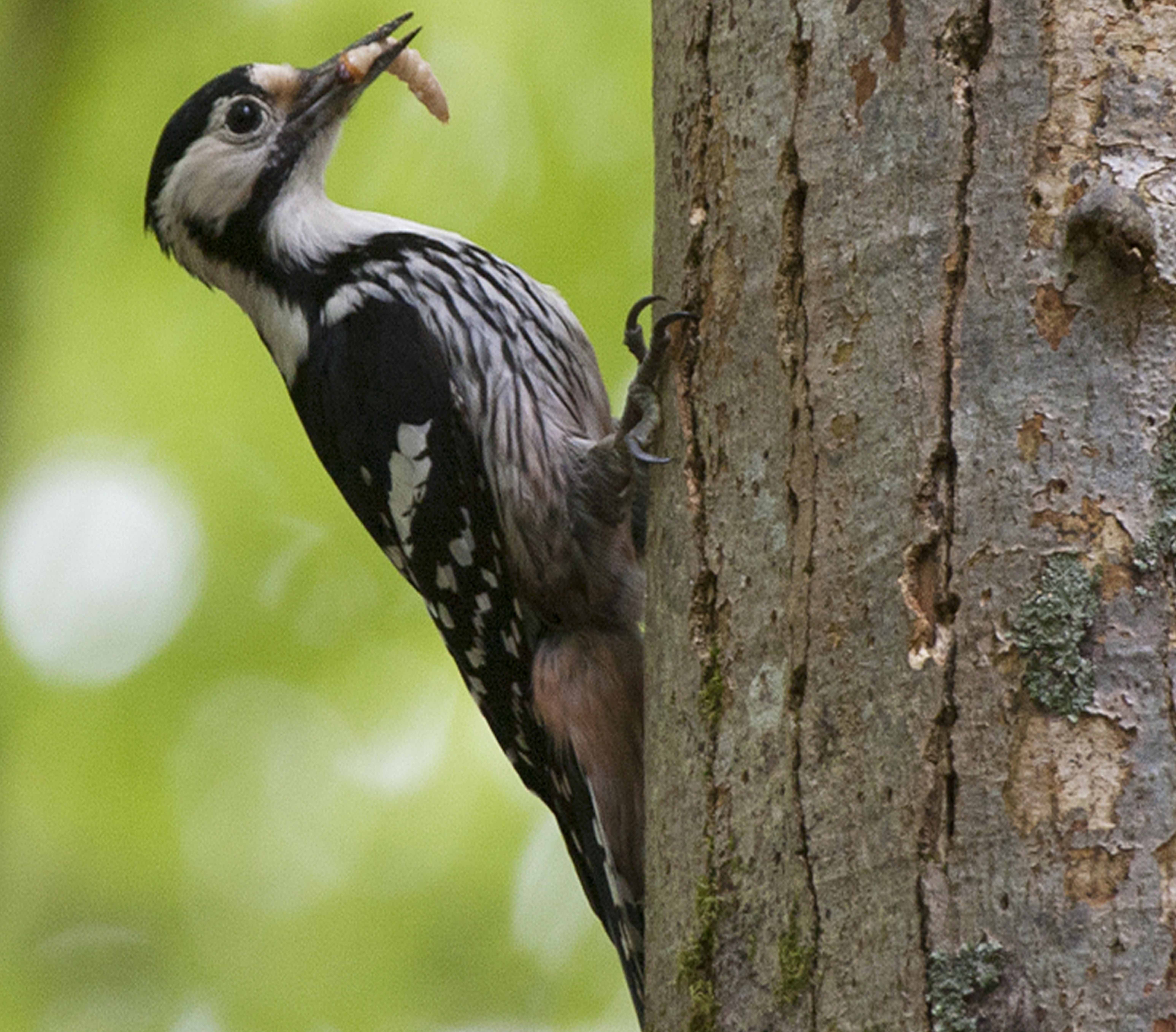Woodpeckers in Western Norway: the White-backed Woodpecker is still the most common species
DOI:
https://doi.org/10.15845/on.v42i0.2658Keywords:
Western Norway, woodpeckers, pine-dominated forests, population densitiesAbstract
The pine-dominated forests of Western Norway have been found to harbour viable populations of woodpeckers, including the highly specialized White-backed Woodpecker Dendrocopos leucotos. The aim of this study was to investigate to what extent there were any changes in frequencies of woodpeckers, in particular the White-backed Woodpecker and the Grey-headed Woodpecker Picus canus, by resurveying 60 plots (each 1 km2) originally surveyed during 1994/1995. The resurvey was performed in 2013/2014. The White-backed Woodpecker was found to be the most common woodpecker species in both time periods. The Grey-headed Woodpecker was found to have a statistically significant decline from 27% of the 60 plots in 1994/95 to only 12% in 2013/14. The other four species all increased in frequency; although none of those increased frequencies were found to be statistically significant. We discuss possible explanations to why pine forests in Western Norway constitute a valuable habitat for the White-backed Woodpecker at the same time as it has drastically declined in other parts of Norway and Western Europe. In general, the reduced frequency of Grey-headed Woodpecker is not fully understood, although we suggest that cold winters during the years prior to the surveys in 2013/14 may be an important factor.

Downloads
Published
How to Cite
Issue
Section
License
Articles published prior to September 2020 are subject to the following terms: https://boap.uib.no/index.php/ornis/copyright

